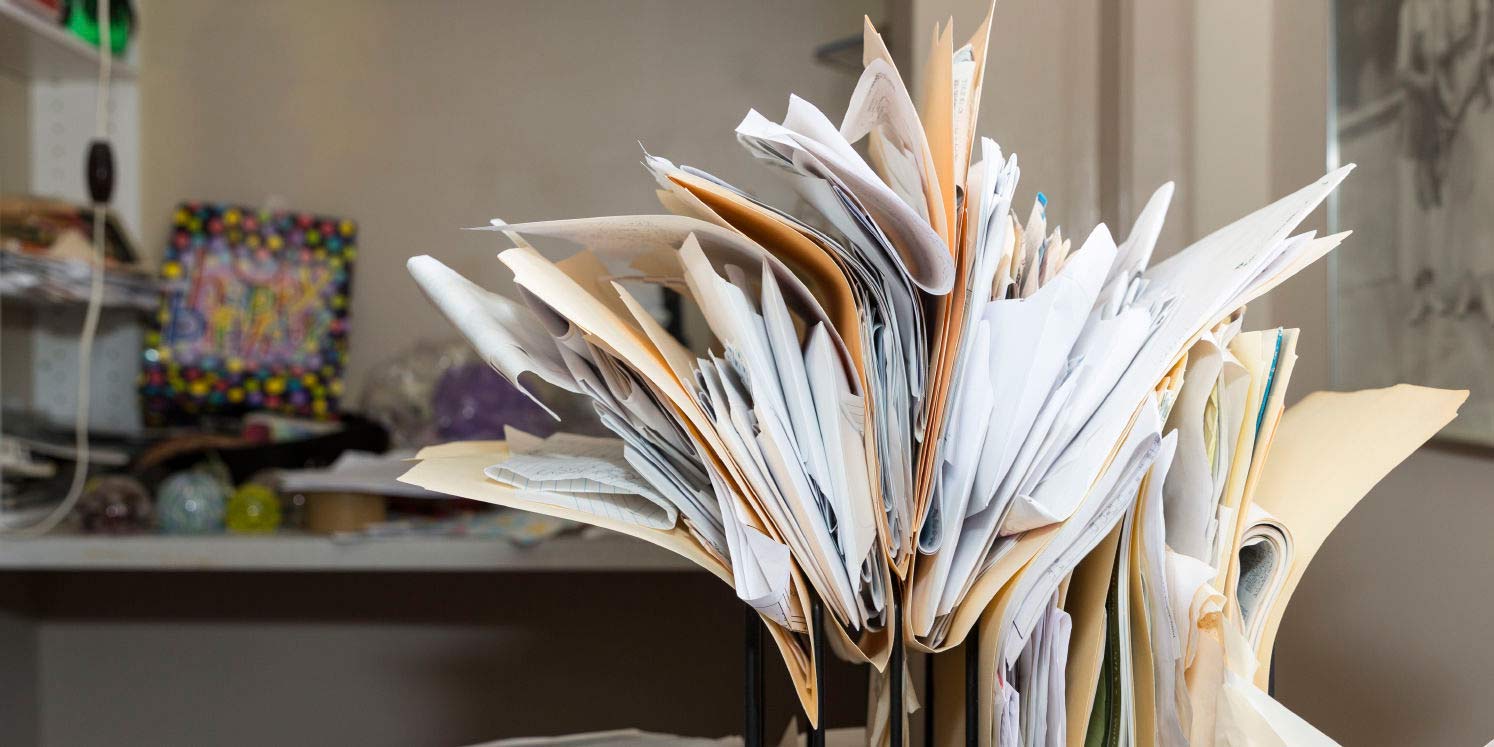There’s a lot of stress in our lives today. Bills to pay, busy schedules to follow, relationships to keep afloat, kids and elderly parents to care for; and these are just the everyday issues.
There are a multitude of ways to decrease stress in your life so you’ll feel more peaceful, happier, and be healthier and more productive. Meditating, performing positive affirmations, doing yoga, playing with pets, exercising, and spending time with loved ones are just some of the common stress-relieving methods employed by many people.
One area that often gets overlooked for its ability to cause extra stress or to ease it once it’s resolved is clutter.
How Clutter Causes Stress
Clutter in your home or workspace is not always recognized as a cause of stress. After all, how could some piles of paper or an unorganized junk drawer cause anxiety? The fact is, these types of messes do add to peoples’ stress, uneasiness, anxiety, and coping ability in the following ways:
- Messes cause our senses to be constantly working to decipher what’s going on around us. When you’re trying to focus on something like making dinner or paying bills, your brain has to split its attention between your task and all the excessive input around you. This can lead to mistakes or extra anxiety.
- You can’t always effectively use relaxation techniques to relieve stress when there’s a bunch of clutter in your space. It can cause nervousness and block relaxation because your brain feels as though you aren’t done with your work.
- Clutter may cause you to feel guilty or embarrassed if people come to your house.
- Having messes lying around in your home, office, and car can make you less productive because it’s easy to lose what you need. The more time you have to spend hunting for items, the less you will have to accomplish tasks. As your undone chores snowball, you feel more and more stressed.
Solving the Clutter Catastrophe
Luckily, clutter is often an easier stress-trigger to resolve than others such as job and medical anxiety. That isn’t to say that decluttering is effortless or simple, though. Here are some tips for attacking the problem strategically:
- First, pick one room of your home in which to start (or simply skip to the next step if you only have one room to declutter, such as your office).
- Systematically go through everything in the room, including drawers and cabinets. Hold each item for 30 seconds and decide whether or not you wish to keep it. In general, if you have not touched it in the past year, you probably don’t need it. Place the item into one of 4 piles: keep, donate, trash, or store in another spot such as a garage or basement. If you want to explore a unique method of deciding what to keep and what to get rid of, read “The Life-Changing Magic of Tidying Up: The Japanese Art of Decluttering and Organizing#AD.”
- Set everything that is to remain in the room off to the side and clean the room, including cupboards and drawers.
- Look at what needs to be put away in the room, and evaluate the best spots to put each thing. Give consideration to what you use most often, categories of items, and accessibility of these things, and arrange them in a way that will work best for you.
- Place everything in its spot.
- Move on to the next room.
Special Considerations for Paper Clutter
Paper clutter deserves its own section because it can be a particularly frustrating thing. So much paper enters your home on a daily basis. Junk mail, magazines, bills, IRA statements… the list is really endless.
A good strategy for dealing with paper that enters your home is to make sure you only deal with it one time. As soon as you get it out of the mailbox or empty it out of your briefcase, do something with it. You may do one of the following things with each piece of paper:
- File it where it belongs in a physical filing cabinet.
- Scan it into your computer or use an app on your phone to scan it and place it into an appropriate virtual file. You may wish to shred it or throw it out after you’ve scanned it in or file it in a physical file.
- Shred it.
- Recycle it.
- Place it in a “to-read” pile in the case of magazines, newsletters, or other publications. This pile should have a spot, too, so that it doesn’t become just another pile of clutter.
Now That You’re Decluttered, How Can You Possibly Stay That Way?
The best way to stay decluttered is to develop a “touch it once” policy. If you pick something up, put it away rather than simply moving it to another place. Once you’ve assigned a spot to every item you have, it will be easier to keep clutter from developing.
